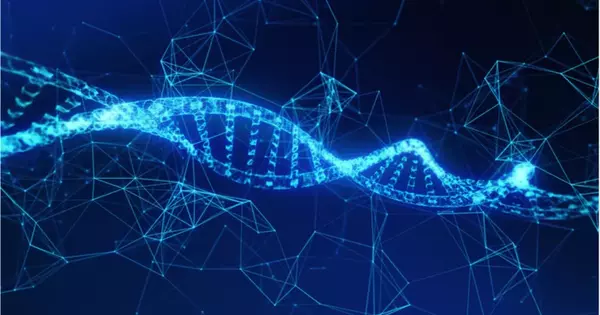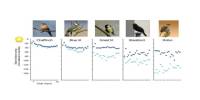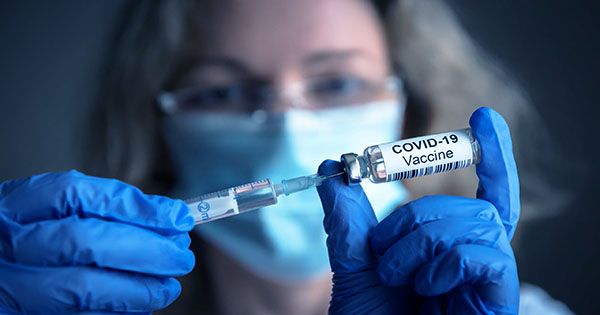Aging is the progressive loss of functional integrity and homeostasis that leads to death. Old age is associated with an increase in diseases that are uncommon in younger people, such as cardiovascular disease, cancer, and neurodegeneration. Advances in healthcare and sanitation have increased human life expectancy significantly, but they have also increased frailty and morbidity.
The genetics of aging is generally concerned with life extension caused by genetic changes, rather than accelerated aging diseases that result in a reduction in lifespan. According to the genetic theory of aging, our genes play a significant role in determining our lifespan. Our longevity, according to the theory, is primarily determined at conception and is heavily reliant on our parents and their genes.
The theory behind this is that telomeres, or segments of DNA found at the ends of chromosomes, determine a cell’s maximum lifespan. Telomeres are pieces of “junk” DNA at the ends of chromosomes that shorten with each cell division. These telomeres shorten and shorten until the cells can no longer divide without losing important pieces of DNA.
The age-1 gene in Caenorhabditis elegans was the first mutation discovered to increase longevity in an animal. Michael Klass discovered that mutations could affect the lifespan of C. elegans, but he thought the effect was due to decreased food consumption (calorie restriction). Thomas Johnson later demonstrated that the life extension of up to 65% was caused by the mutation rather than calorie restriction, and he named the gene age-1 in the hope that other genes that control aging would be discovered. The catalytic subunit of class-I phosphatidylinositol 3-kinase is encoded by the age-1 gene (PI3K).
Cynthia Kenyon demonstrated that daf-2, one of the two genes required for dauer larva formation, can double C. elegans lifespan a decade after Johnson’s discovery. Kenyon demonstrated that daf-2 mutants that form dauers above 25 °C (298 K; 77 °F) bypass the dauer state below 20 °C (293 K; 68 °F), resulting in a doubling of lifespan. Prior to Kenyon’s research, it was widely assumed that increasing lifespan meant losing reproductive capacity, but Kenyon’s nematodes retained youthful reproductive capacity as well as extended youth in general. Subsequent genetic modification (PI3K-null mutation) of C. elegans was shown to tenfold increase maximum life span.
C. elegans long-lived mutants (age-1 and daf-2) have been shown to be resistant to oxidative stress and UV light. These long-lived mutants were more capable of DNA repair than wild-type C. elegans. The knockdown of the Xpa-1 nucleotide excision repair gene increased UV sensitivity and decreased the life span of the long-lived mutants. These findings lend credence to the theory that DNA damage plays a significant role in the aging process.
Other species’ genetic modifications have not resulted in as great a lifespan extension as C. elegans. The lifespan of Drosophila melanogaster has been doubled. When combined with calorie restriction, genetic mutations in mice can increase maximum lifespan to 1.5 times normal, and up to 1.7 times normal.
















